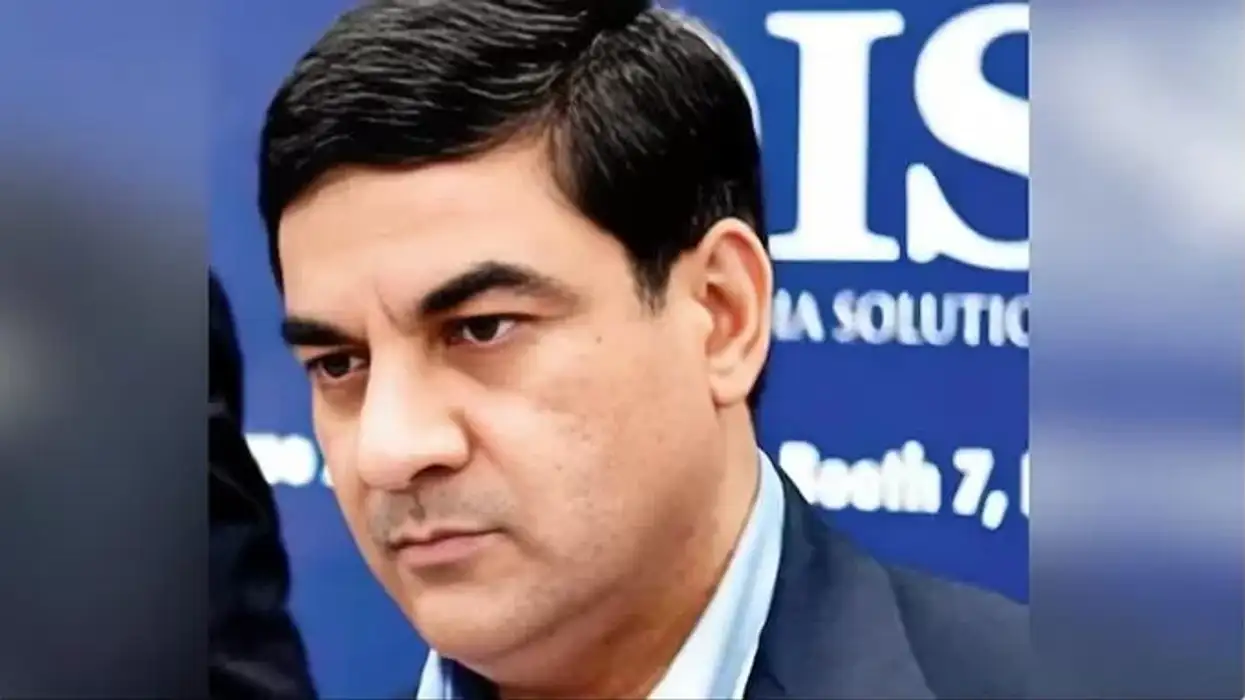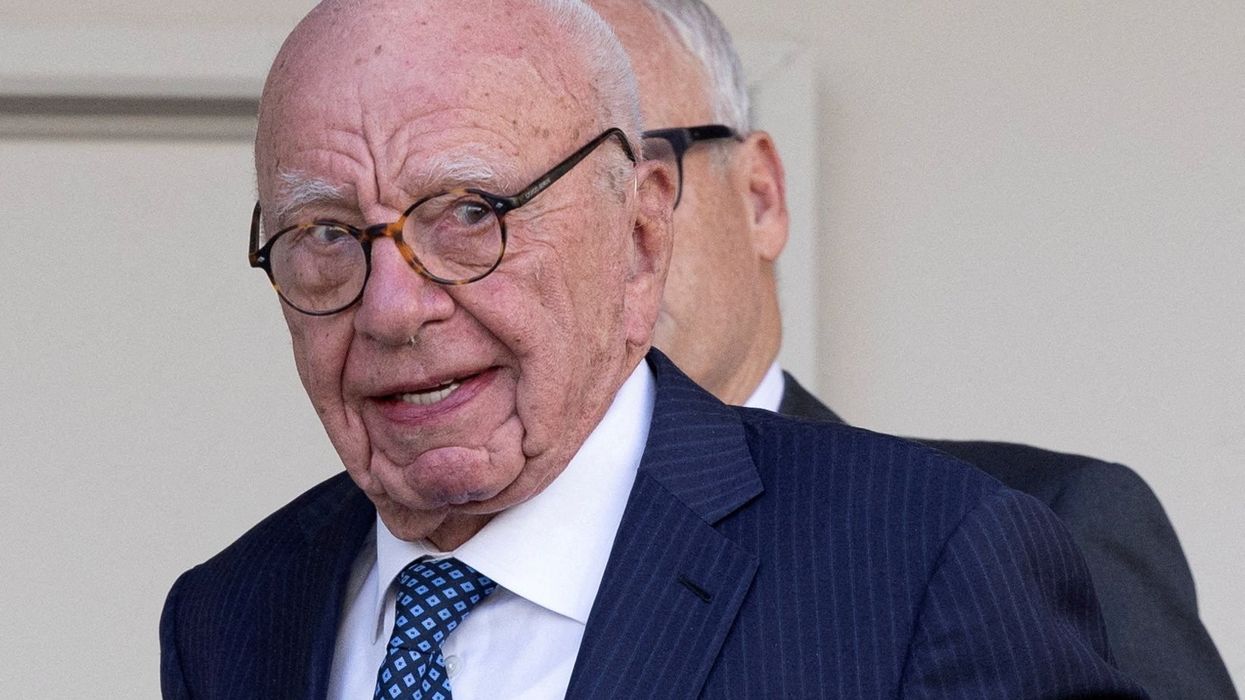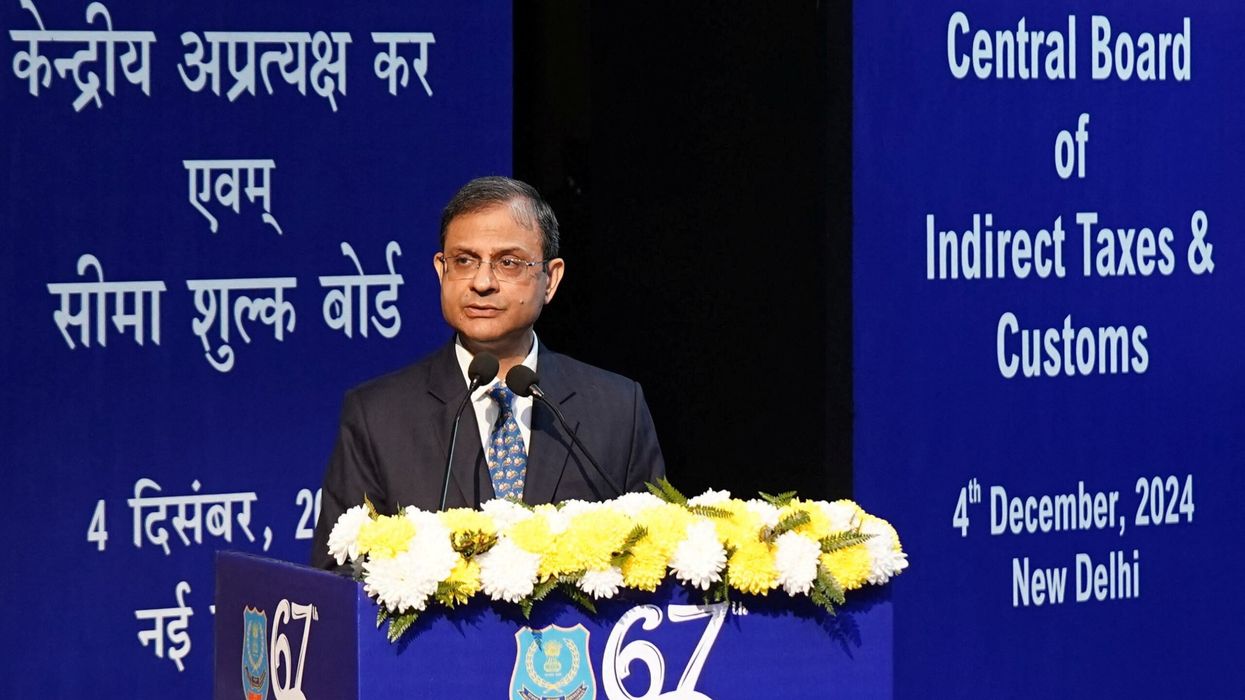INDIAN businessman Yusuf Hamied believes that a vaccine for coronavirus will be tested on humans in six months, and when it does become available, it will be mass produced by companies in India.
“My friend Cyrus Poonawalla will make it,” Dr Hamied, chairman of Cipla, one of the pharma giants of India, says in an exclusive interview.
He is referring to the Serum Institute of India, set up by Poonawalla in 1966 when India spent its precious foreign exchange in importing vaccines.
Today, the picture is very different. In terms of doses produced and sold globally – more than 1.5 billion doses – the Serum Institute is the world’s largest vaccine manufacturer.
Dr Hamied expresses many fears about the coronavirus, but he also says: “I feel on the bright side that many people are working on a vaccine. Maybe in six months there will be a vaccine and then everybody will get inoculated.”
He points out that “India is one of the largest exporters of vaccines in general”.
Dr Hamied’s confidence in Poonawalla, with whom he shares a love of horse racing, seems well placed. Last month the Daily Telegraph reported that “at its sprawling, state-of-the-art vaccine manufacturing plant in Pune, near Mu m b a i , the Serum
Institute of India produces and sells vaccines in vast quantities for measles, polio, hepatitis, mumps and flu.
“Now, as the world scrambles to mount an effective response in the battle against coronavirus, Mr Poonawalla hopes his company will play a critical role scaling up production once a vaccine has been developed and declared fit for human use.”
Poonawalla, who has entered into a joint venture with US company Codagenix to work on a coronavirus cure, told the Telegraph: “Hopefully in six months we should be able to enter into human trials. That is our target.”
He said it would take a little longer to be approved by regulators. Poonawalla explained to the paper: “We have expertise in manufacturing multiple different types of vaccines and so we don’t see this as a challenge.
“The real challenge is whether it really works and is efficacious in humans. The challenge will be to prove a massive efficacy study and design a trial in a country where there are outbreaks, so most probably China.”
Dr Hamied makes it clear that Cipla itself does not make vaccines – “making a vaccine is totally different from making drugs, it’s another ball game” – but he is scaling up manufacture of a number of products that will be needed to tackle the problems caused by coronavirus and allied ailments.
He says that Cipla, which has a UK subsidiary, can help the country with a supply of these essential drugs if there is a request from the British government.
Dr Hamied, who has a home in London, should have been here by now. But since UK-India flights have been suspended, he jokes he is under “house arrest” in Mumbai, which he still calls Bombay. “I just work, work, work.”
As a businessman who has a Cambridge University PhD in chemistry, he is in constant touch with the world’s leading researchers and is well briefed on the spread of the coronavirus in different countries as well as the race to develop an effective vaccine.
Since India has placed a ban on the export of many drugs that will be needed at home, Dr Hamied suggests a way in which the problem can be resolved.
“What the British government should do is to draw up a list of the essential drugs that they want. And that is the list they should circulate to companies like ours. If there are restrictions (imposed by India), then my advice to various governments has been, ‘Get your government to write to our government.’”
This apparently worked when the prime minister of Mauritius wrote to his counterpart, Na r e n d r a Modi, saying that his island nation of 1.3 million people wanted to buy just a small quantity of drugs on the Indian government’s banned list.
To ensure there is no shortage in the UK, Dr Hamied suggests a number of drugs the government should buy in good time. “Number one is Oseltamivir which is for flu. It is an anti-viral.”
He goes through a possible shopping list: “Then they require paracetamol, and, in the judgment of the doctors, chloroquine and hydroxychloroquine.
“They may require Azithromycin and also one or two of the newer drugs which are currently not available in the UK but which we are planning to make – Favipiravir and Remidesivir.”
Asked to compare the behaviour of the virus in India and the UK, Hamied replies: “The difference is the population. Bombay city’s alone is 22 milion. Can you imagine if 50 per cent of Bombay’s population gets coronavirus? What would happen? That is the big fear.
“I feel the UK will peak in April and then, like in China, it will take three months to stabilise. China is just about limping back to normal. However, there are signs that it has resurfaced in Hong Kong and, if it resurfaces, what do you do? That is frightening.”
He speaks of humanity’s interconnectivity: “For the first time ever we have such a global problem. When you can circle the world in less than 24 hours, the world has become very, very small.”
He admits he is distressed by the plight of the poorest in India. “On TV they showed daily wage workers with no jobs and no food. They interviewed children, some two or three years old, who said they hadn’t eaten in two days. I couldn’t have dinner after that. I felt so upset.”
But Hamied does recall the history of infectious diseases in India: “India, 20 years ago, had small pox. It was eradicated. Then India was a major player for polio. That was eradicated. So I have a strong feeling that in due course, coronavirus will be a thing of the past. But not for another two years.”












